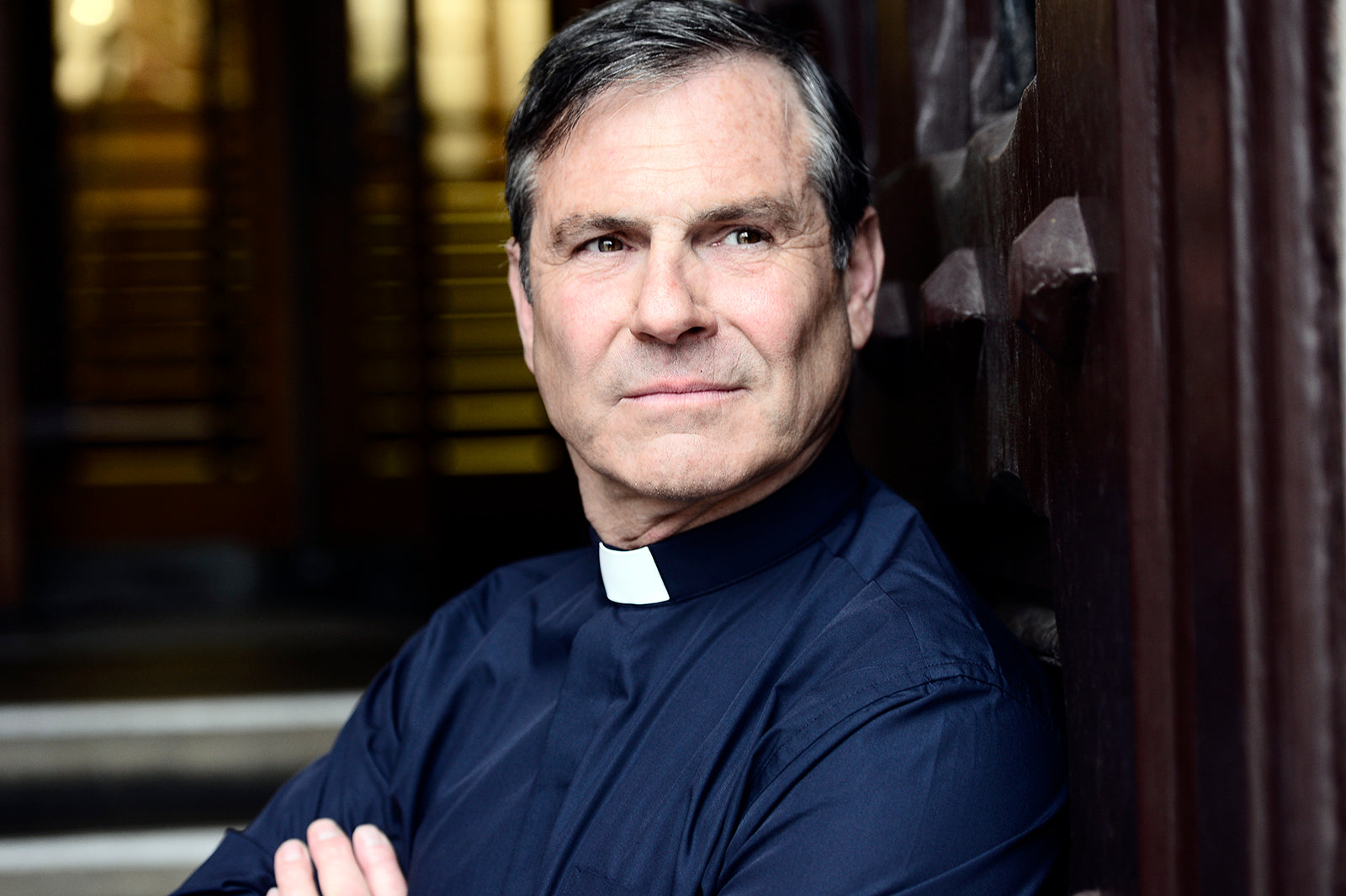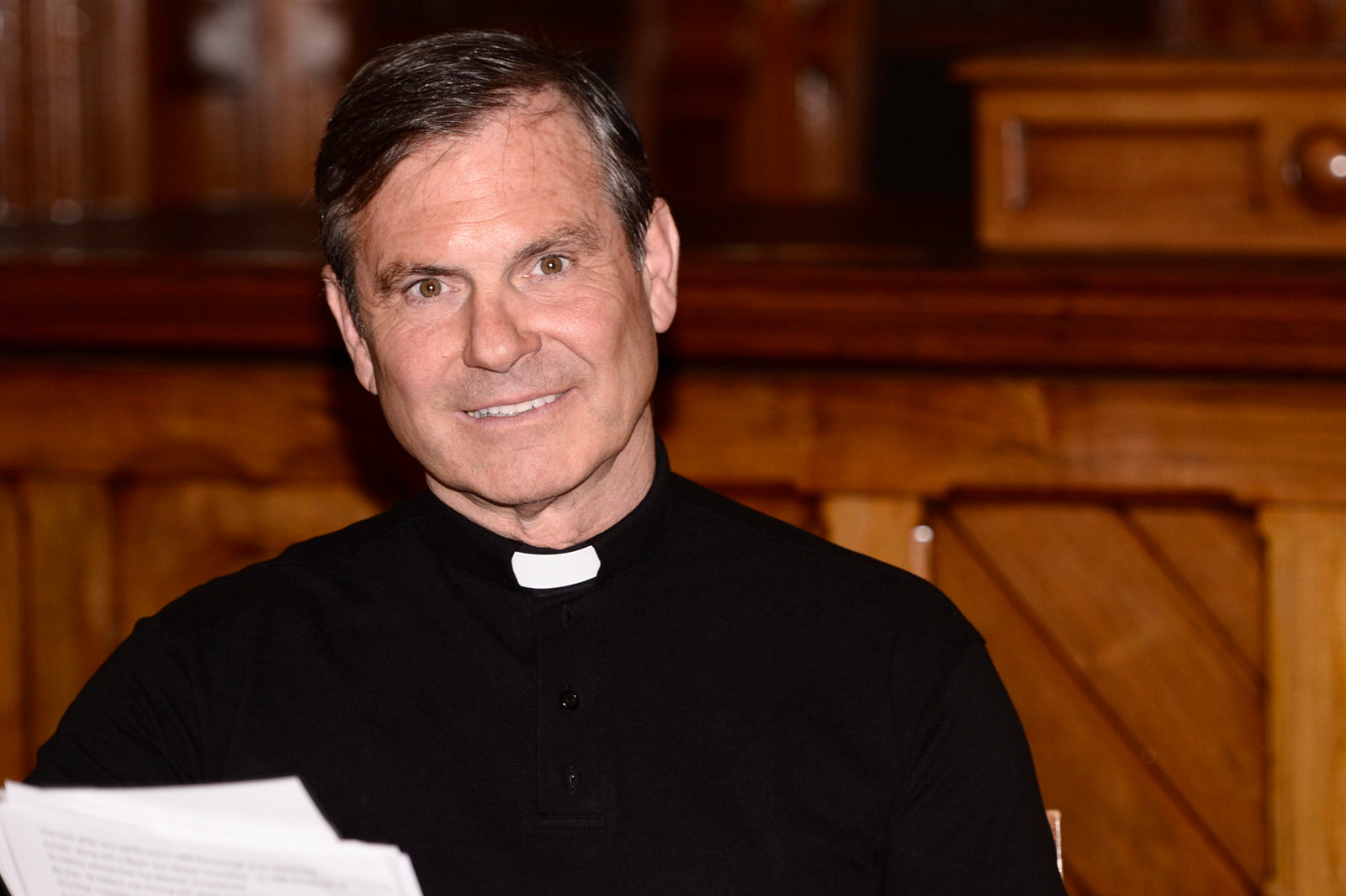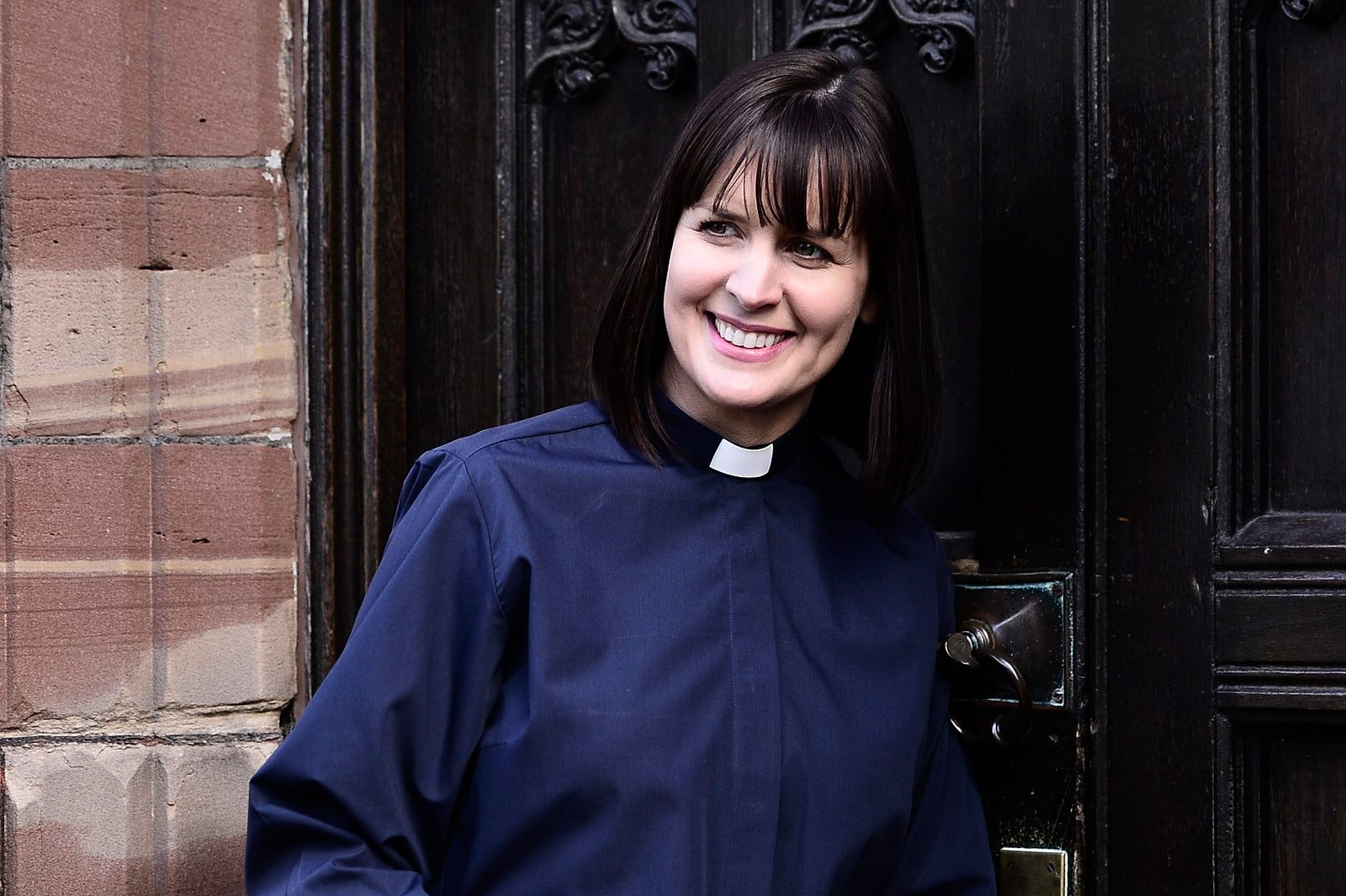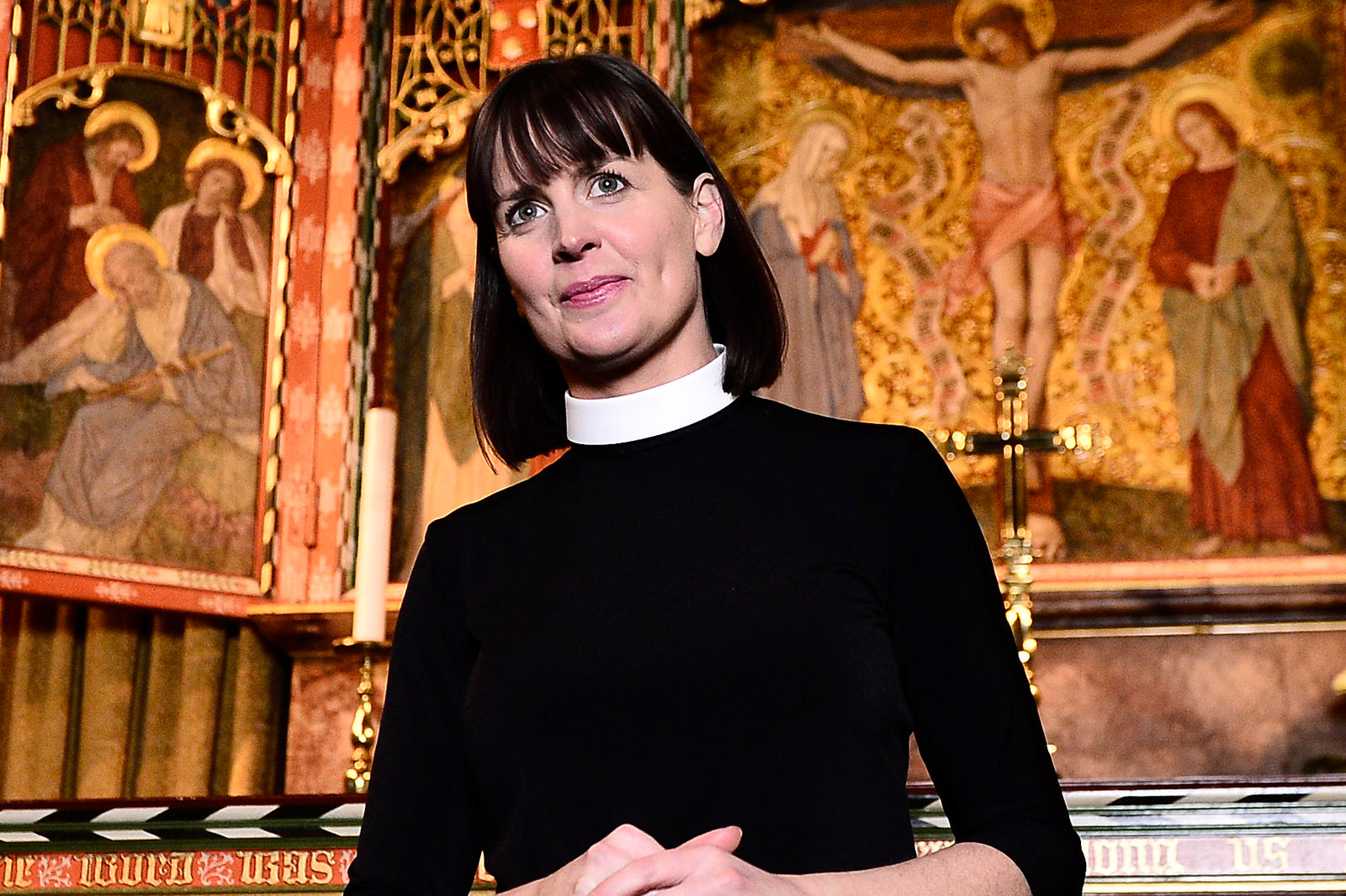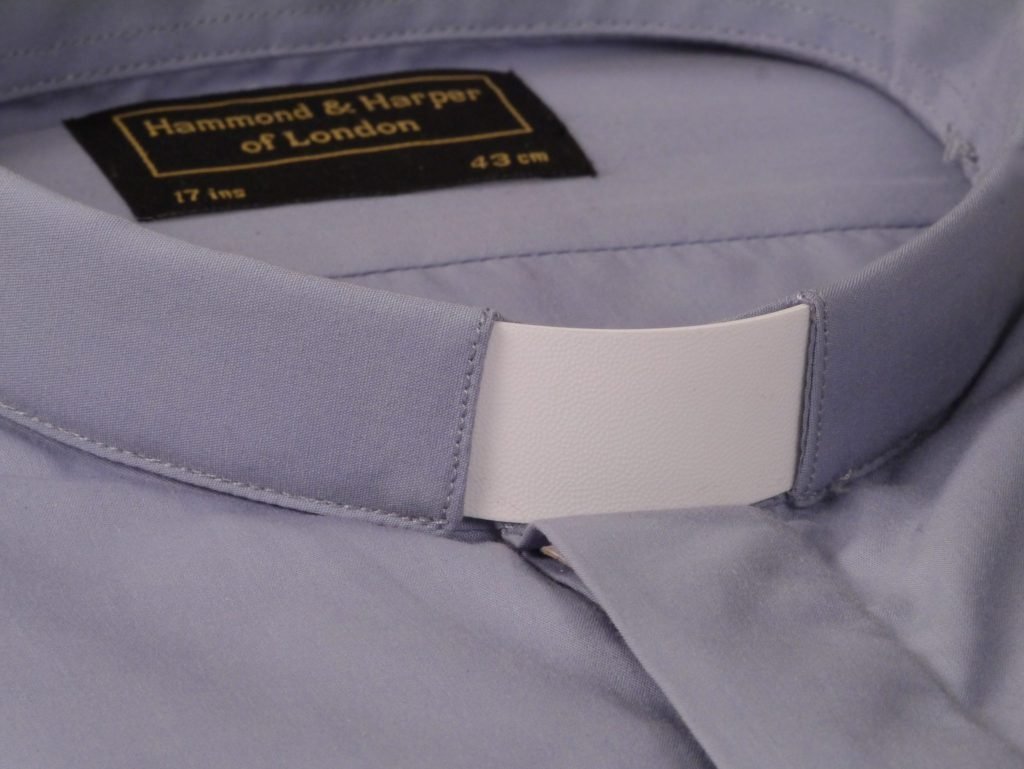
Why the white Collar?
It started out as something from popular fashion and then later took on a deeper spiritual meaning. We take an in-depth look at the evolution of the white clerical collar and its symbolic transition over time.
Background and Origin
The “Roman collar” is a white band that goes around the neck of a priest (or clergy member) and remains one of the most distinctive and symbolic elements of any clerical ensemble. It speaks more loudly than any words and clearly identifies clergy members in a crowd of any size.
However, it is a rather strange piece of clothing. Where did it come from? It wasn’t until the 12th and 13th centuries that priests adopted the Roman cassock as a distinctive piece of clothing that visually separated them from the laity. A few centuries later the cassock was regulated to be the colour black and it was during this time period that the white collar came into existence.
Evolution through the ages
At the time of the 17th century, the current fashion was to wear a linen collar over the top of a person’s clothing. This became accepted custom, and by the 17th century there were many forms of this linen collar, such as the ornate Roman variety, the collarino, of ornate and expensive lace, and the French adopted the collars worn by the noble classes, of linen and fine lace. However,in 1624 Pope Urban VIII regulated the use of the collar and proclaimed that any ornamentation or lace was forbidden.
As the years progressed different variations of the Roman collar were developed, and Protestants developed their own traditions to distance themselves from the Church. However, it is believed that a Protestant minister in the 19th century invented the modern-day removable collar and it was further popularized by the Oxford Movement at the time. The movement, whose original devotees were mostly associated with the University of Oxford, argued for the reinstatement of some older Christian traditions of faith and their inclusion into Anglican liturgy and theology. During this movement, this led to the adoption by many Anglican clergy of a clerical collar, certainly by the time of the First World War. A reaction began in the late 1960s, especially among evangelical Anglicans, who returned to lay neckwear, as had been the normal practice among clergy before the mid-19th century. This was probably due to their rejection of the Roman Catholic doctrine of priesthood.
The white clerical collar now takes a more symbolic meaning for those who wear it - purity - a washed spirit of worthiness in the eyes of God. Whilst the collar itself is a small representation of this purity - it is a means of showing the obligation and commitment that a priest has undertaken to model the purity of God. Like any painting, music or fine literature, the art of the collar lies in its symbolism and unifying meaning. As days become months and months turn into years, we can easily forget this and we must remind ourselves that routine, monotony and practicality has no part to play in the donning of this collar.
Modern Usage
Spiritually it has become representative of a priest’s consecration to God and their role as someone set apart for priestly service. Some priests see it as a symbol of their “slavery” to God, showing the world who is their true Master. However, incidentally, there is no requirement in canon law for the white clerical collar to be worn. A “middle-of-the-road” clergyman speaking in the late 1950s said that, in wearing a white shirt and white tie, he was being a loyal and traditional Anglican. The Reverend Henry McCloud stated that the collar "was nothing else than the shirt collar turned down over the cleric's everyday common dress in compliance with a fashion that began toward the end of the sixteenth century. For when the laity began to turn down their collars, the clergy also took up the mode."
Additionally, because many priests find it rather uncomfortable, the collar has become a way of performing a daily penance to God, offering up the sacrifice for the people the priest serves.
The white clerical collar remains a distinctive sign of the priest’s availability and the permanent nature of Holy Orders. The priest “is not his own” and is a visible sign of Jesus Christ, present in the midst of everyday life, ready to reconcile sinners and bring souls back to God.


